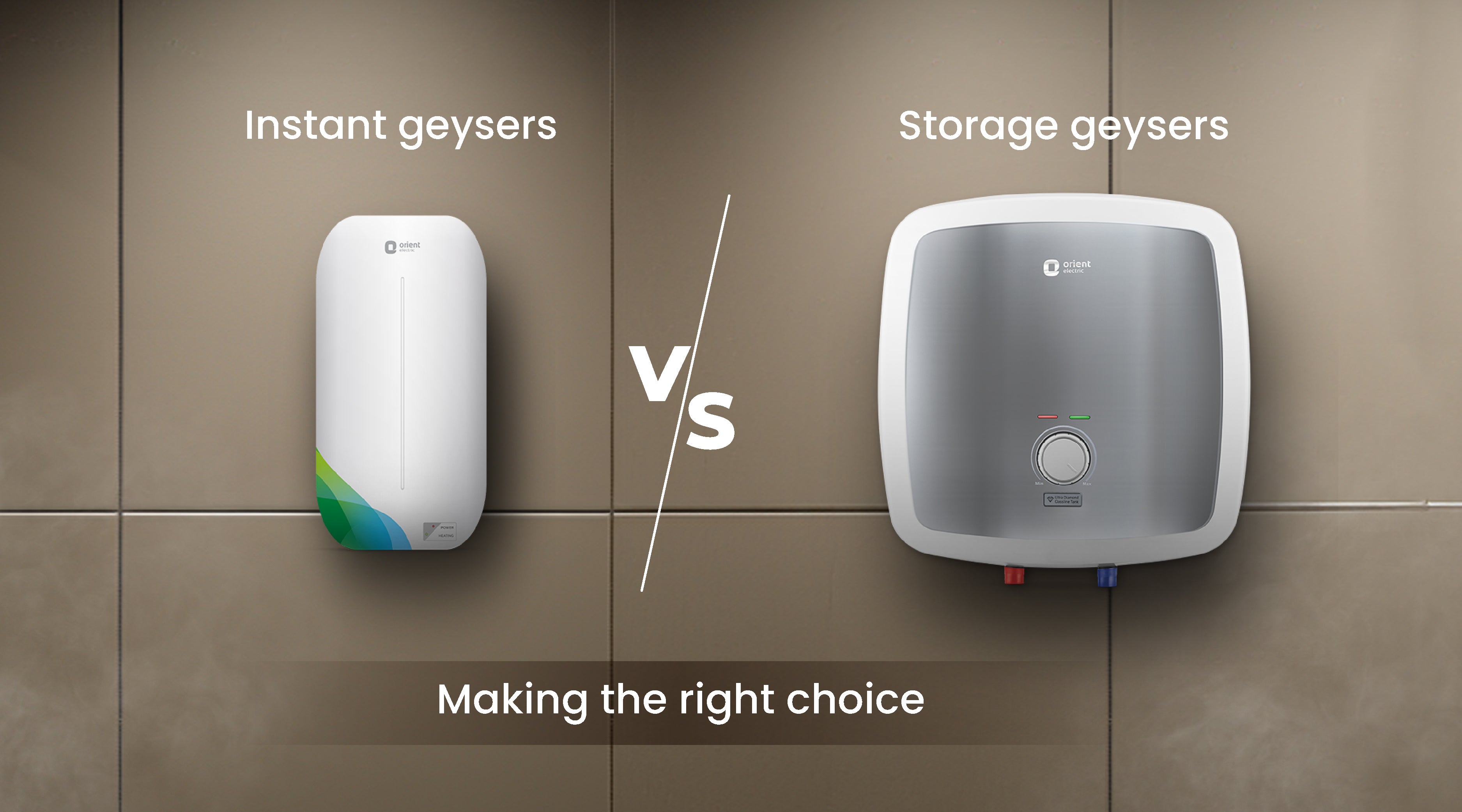Just how to Select the Right Geyser to Take Full Advantage Of Energy Performance in Your Home
Selecting an energy-efficient geyser is not as uncomplicated as it seems, calling for careful assessment of numerous elements. From understanding the various sorts of hot springs, to assessing their power efficiency rankings and thinking about positioning method, each choice plays a crucial role in making best use of performance. Stabilizing the first investment with lasting savings is additionally essential. Allow's start this journey to uncover how to make one of the most enlightened choice for a hot spring that will certainly decrease your power costs while ensuring ideal efficiency.

Recognizing the Different Sorts Of Geyser
While there are various kinds of hot springs readily available on the marketplace, comprehending the differences between them is crucial for power effectiveness (geyser sizes). The first kind, storage geysers, are the most usual and store warm water in a storage tank for use when needed. They are readily available in various capabilities and are usually energy-efficient, yet they can lose warm when not in usage
The second type is the tankless geyser, which heats up water as needed, leading to less energy waste yet calling for a higher preliminary power draw. Finally, there are warm pump geysers that use electrical power to relocate warm from one area to another instead of producing heat directly. They can be two to three times much more energy efficient than traditional storage space geysers. Lastly, solar geysers use solar power to heat the water, making them the most energy-efficient but also one of the most expensive.
Analyzing Your House's Warm water Requirements
Before diving right into the acquisition of a geyser, it is pivotal to analyze the warm water requirements of your household. This analysis must think about numerous aspects including the variety of house participants, frequency of warm water usage, and the variety of hot water electrical outlets in the home (geyser sizes). A little family with seldom warm water use might call for a smaller, much less powerful geyser contrasted to a larger family members with several day-to-day hot water demands
The type of devices that need warm water also play a substantial function. Dish washers and washing equipments, for example, might require more warm water than an easy shower or cooking area sink. Furthermore, details activities such as bathing or cleansing also influence the frequency and volume of warm water required.
Evaluating Energy Performance Ratings of Geyser
Having examined the warm water needs of your home, it is essential to turn your attention to the energy effectiveness rankings of hot springs. These ratings, typically offered as Power Factor (EF), indicate a geyser's general power performance based upon the quantity of warm water produced each of fuel taken in over a normal day. The greater the EF, click here to read the extra efficient the water heater.

Factors To Consider in Geyser Dimension and Placement
Beyond energy efficiency ratings, the size and placement of your geyser are crucial elements to take into consideration. The size of the geyser should straighten with your house's warm water demands. A little geyser may use much less power however may not provide adequate warm water for several uses at the very same time, whereas a bigger system can meet greater need however may eat even more power.
Placement also influences energy performance. Hot springs must be installed near factors of use to decrease warm loss throughout water transportation. A centrally located geyser can service numerous locations properly. Furthermore, thinking about thermal insulation, a hot spring situated in a warmer location loses much less warmth and consequently utilizes less power to preserve the water temperature.
Cost Evaluation: Stabilizing First Financial Investment and Long-Term Savings
While size and positioning definitely play substantial functions in a hot spring's energy efficiency, one must not forget the monetary aspect. When taking into consideration the initial financial investment, the price of energy-efficient geysers can be greater than standard designs. The enhanced ahead of time cost can be offset by try this site long-lasting energy savings, making it a rewarding financial investment in the long run (geyser sizes).
Assessing long-term savings calls for an understanding of the geyser's power ranking. A home appliance with a higher ranking will certainly eat much less energy, translating to lower energy expenses gradually. Federal government incentives and discounts for energy-efficient home appliances can also aid redeem preliminary costs.
Lastly, upkeep and life expectancy need to be factored in. Energy-efficient hot springs often have much longer life expectancies and lower upkeep expenses, contributing to total financial savings. When balancing initial investment and long-term savings, one need to think about not just the purchase rate yet additionally power intake, federal government motivations, and upkeep costs.

Conclusion
Selecting an energy-efficient geyser requires mindful consideration of different factors. These include recognizing the sorts of hot springs, examining your home's hot water needs, assessing energy effectiveness ratings, and determining cost benefits. The ideal geyser size, placement, and insulation can substantially decrease energy bills and ecological influence. link For that reason, making an educated selection can cause significant long-term savings, making it a worthwhile financial investment for your home.